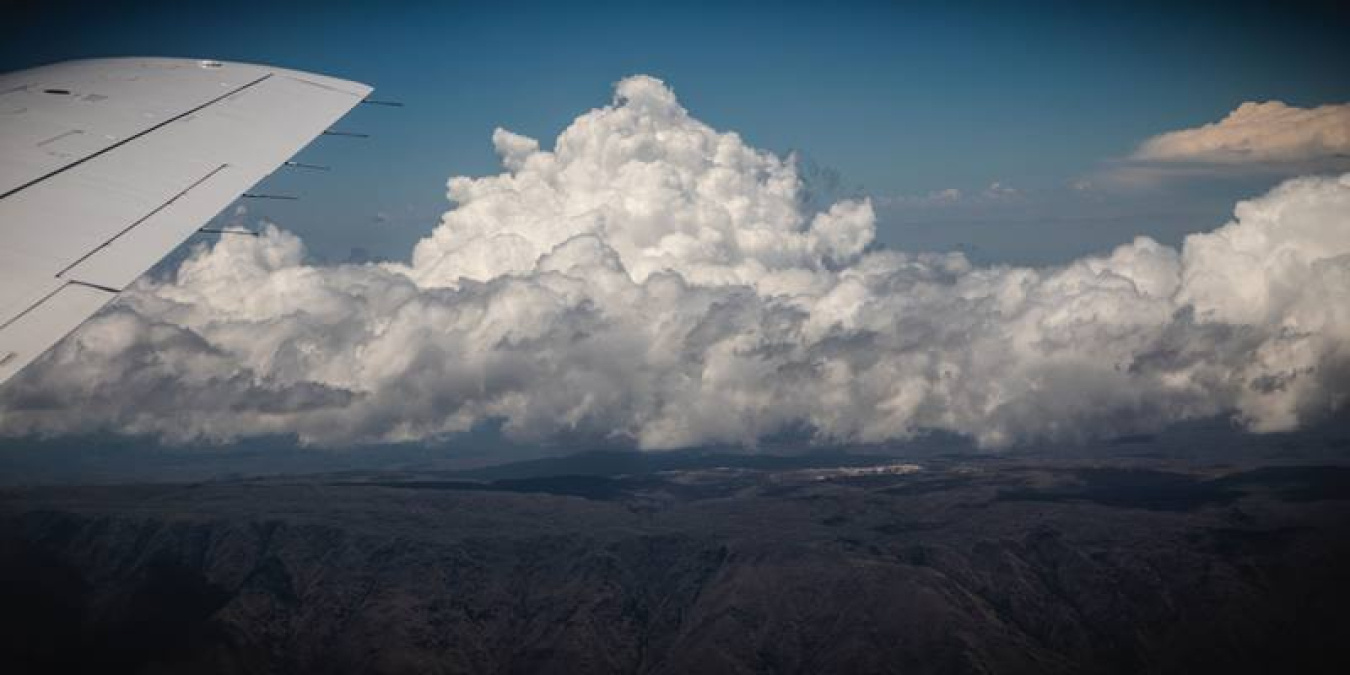EureakAlert October 5, 2022
Microphysics processes, which include the formation and breakup of liquid droplets and ice crystals, cannot be directly simulated in climate models because of their small spatial scales. Thus, models must simulate their net effect on clouds indirectly. A team of researchers in the US (Lawrence Berkeley National Laboratory, UC Irvine) investigated multiple ways of doing this and examined the resultant effect on rainfall extremes. While feedbacks onto large-scale weather patterns are important globally as they were in CONUS, significant local effects manifest in the tropics. For instance, the more comprehensive (2-moment) microphysics scheme produces clouds associated with stronger vertical motion than the less detailed (1-moment) scheme. This stronger vertical motion contributes to greater precipitation extremes. The researchers found that, despite the statistically significant differences they documented between the 2-moment and 1-moment microphysics schemes, both schemes lead to precipitation extremes that fall in between those from the two sets of observations…read more. Open Source TECHNICAL ARTICLE

Massive clouds forming at the ridge of the Sierras de Córdoba mountain range in Argentina.
Credit: Image: DOE Atmospheric Radiation Measurement (ARM) user facility